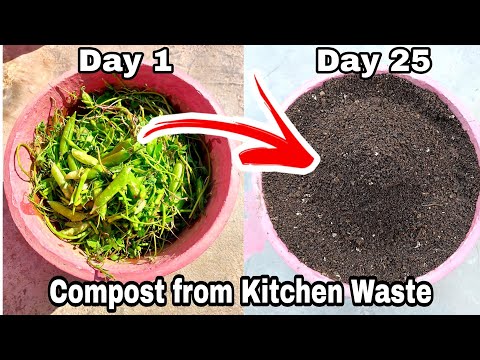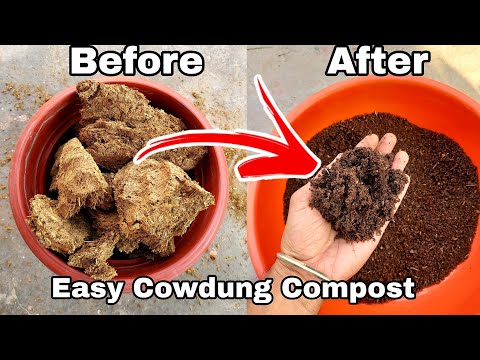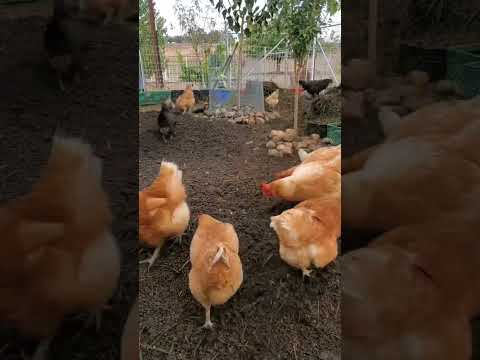composting is often seen as a labor-intensive task, requiring constant attention and a meticulous balance of organic materials. However, for those who prefer a more laid-back approach to gardening and sustainability, lazy composting provides a simple yet effective method that can still produce high-quality compost.
Lazy composting, also known as passive composting, takes advantage of nature’s ability to break down organic matter over time with minimal human intervention. It may not be the fastest method, but it requires much less effort while still yielding rich, nutrient-dense soil amendments for your gardens.
Here are a few simple guidelines to help you indulge in the art of lazy composting:
1. Choose the Right compost Bin:
Lazy composting can be done in open piles or dedicated bins. While open piles allow for more natural decomposition, they are less aesthetically pleasing and may attract unwanted critters. Therefore, opting for a bin with proper ventilation and drainage is recommended. You can even repurpose old containers or build your own bin using wire mesh or wooden pallets.
2. Layer It Up:
Start by laying down a layer of twigs or small sticks at the bottom of your bin to improve air circulation and prevent waterlogging. Then alternately add “green” (nitrogen-rich) and “brown” (carbon-rich) materials in layers. Green materials include fresh kitchen scraps like fruit peels, coffee grounds, or grass clippings, while brown materials consist of dry leaves, newspaper shreds, or straw. Aim for roughly equal amounts by volume but adjust as needed.
3. Let Nature Do Its Thing:
Once you’ve established the initial layers in your bin, it’s time to sit back and let nature take its course. Unlike other composting methods that require frequent turning or flipping of pile contents, lazy composting allows decomposers, such as earthworms, bacteria, and fungi, to break down the organic matter at their own pace. Regular watering may be necessary to maintain adequate moisture levels, but otherwise, avoid disturbing the pile.
4. Patience Is Key:
Lazy composting is a slower process than other active methods. It can take several months to a year for your materials to fully decompose. This patience is rewarded with dark and crumbly compost filled with beneficial microorganisms that enhance soil fertility and structure. Avoid the temptation to rush into using immature compost; it’s worth the wait for optimal results!
5. Tweak Along the Way:
Though lazy composting requires less monitoring, it doesn’t hurt to check on your pile occasionally. If you notice an unpleasant odor or excessive moisture, add more dry brown materials like leaves or shredded paper to balance it out. If the pile seems too dry or not breaking down fast enough, moisten it slightly or consider adding more nitrogen-rich materials.
6. Harvest Your compost:
When your compost appears dark and uniformly broken down, it’s time for harvest! Sieve out any large particles that haven’t decomposed fully and return them to the bin for further processing. The remaining finished compost is now ready for enriching your garden soil, potting mixtures, or as a top dressing around plants.
Embrace the art of lazy composting as a low-stress approach that still yields fantastic results while allowing you to enjoy nature’s rhythm at its own pace. By following these simple steps and indulging in nature’s process of decomposition, you’ll create high-quality compost effortlessly while minimizing your impact on the environment – a win-win situation indeed!





